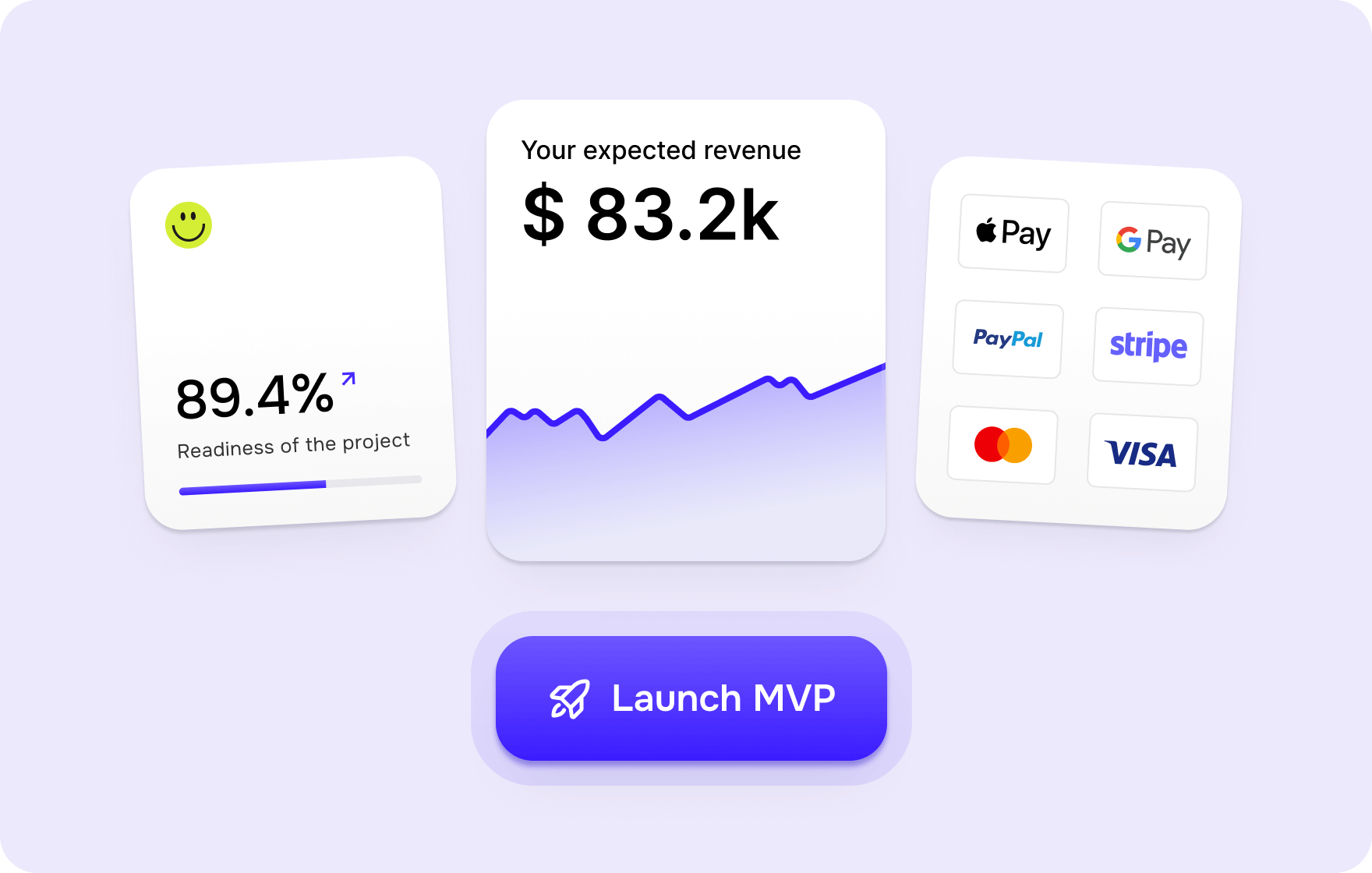Fintech company website development: key insights for a successful launch
Read time
~5 minutes
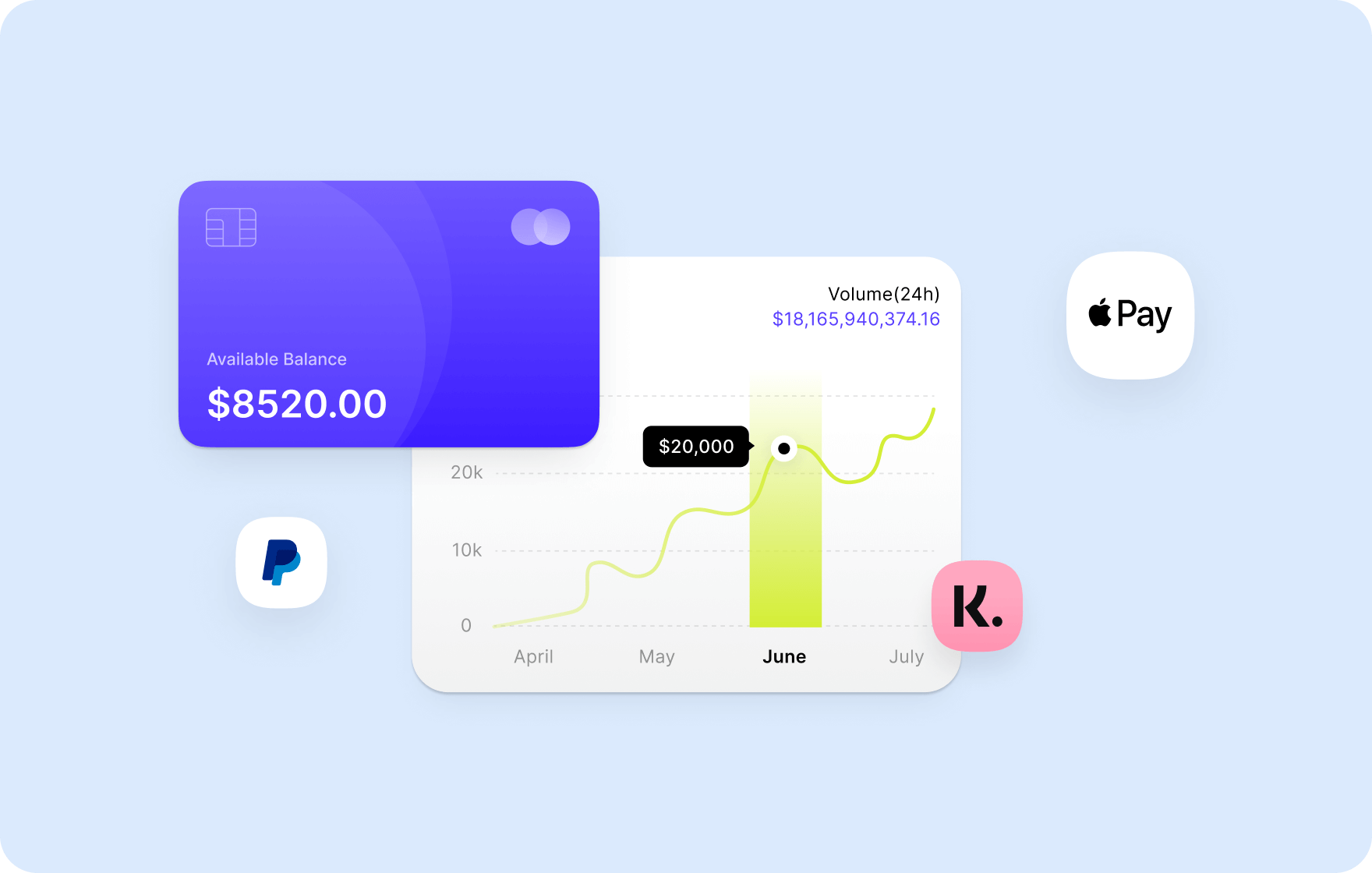
FinTech sits at the intersection of finance and technology, where digital presence is crucial. To effectively promote or showcase your products, a robust digital platform is essential. That's exactly why your FinTech offerings need a specialized website.
The website often shapes a client's initial impression. When clients are considering entrusting their money to you, they must view your company as reliable from the get-go.
What are the differences of a FinTech website?
A FinTech website isn't a classic B2B website; it has its own traits that require a specialized approach to both design and development.
Distinct traits of FinTech websites
Straightforward visual appearance
FinTech website designs often need to be minimalist and streamlined, enhancing their reliability and fostering trust among users. This focused approach will also help highlight the company's products, clearly delivering the necessary information about financial services.
Simplifying complex services
FinTech products and services can be complex for the average user. That's why breaking down their essence into simple terms or visualizing content using illustrations for clarity is crucial. Services need to sound clear on the website and be accessible and understandable for both technical and non-technical audiences.
Essential financial tools
Fintech websites can often feature a variety of financial tools, including value calculators, market analysis graphs, interactive charts, and analytical tools for reporting and results.
Enhanced safety
FinTech websites must handle tons of sensitive financial data, so beefing up security is a must. This means putting solid fraud protection, data encryption, and other security measures in place to keep everything safe.
Reliable support services
Effective FinTech websites must be equipped with handy customer support features like FAQs, chatbots, or help desks to answer all customers' financial questions on the fly.
Streamlined registration and demos
Many FinTech sites require registration or offer the option to try a demo. Ensuring these processes are user-friendly, straightforward, and easy to understand is essential.
Knowing the specifics of general web development for FinTech you need to understand classification.
Here are three main types of FinTech websites:
1. A corporate website
Emphasizing corporate identity, transparency, and communication with customers.
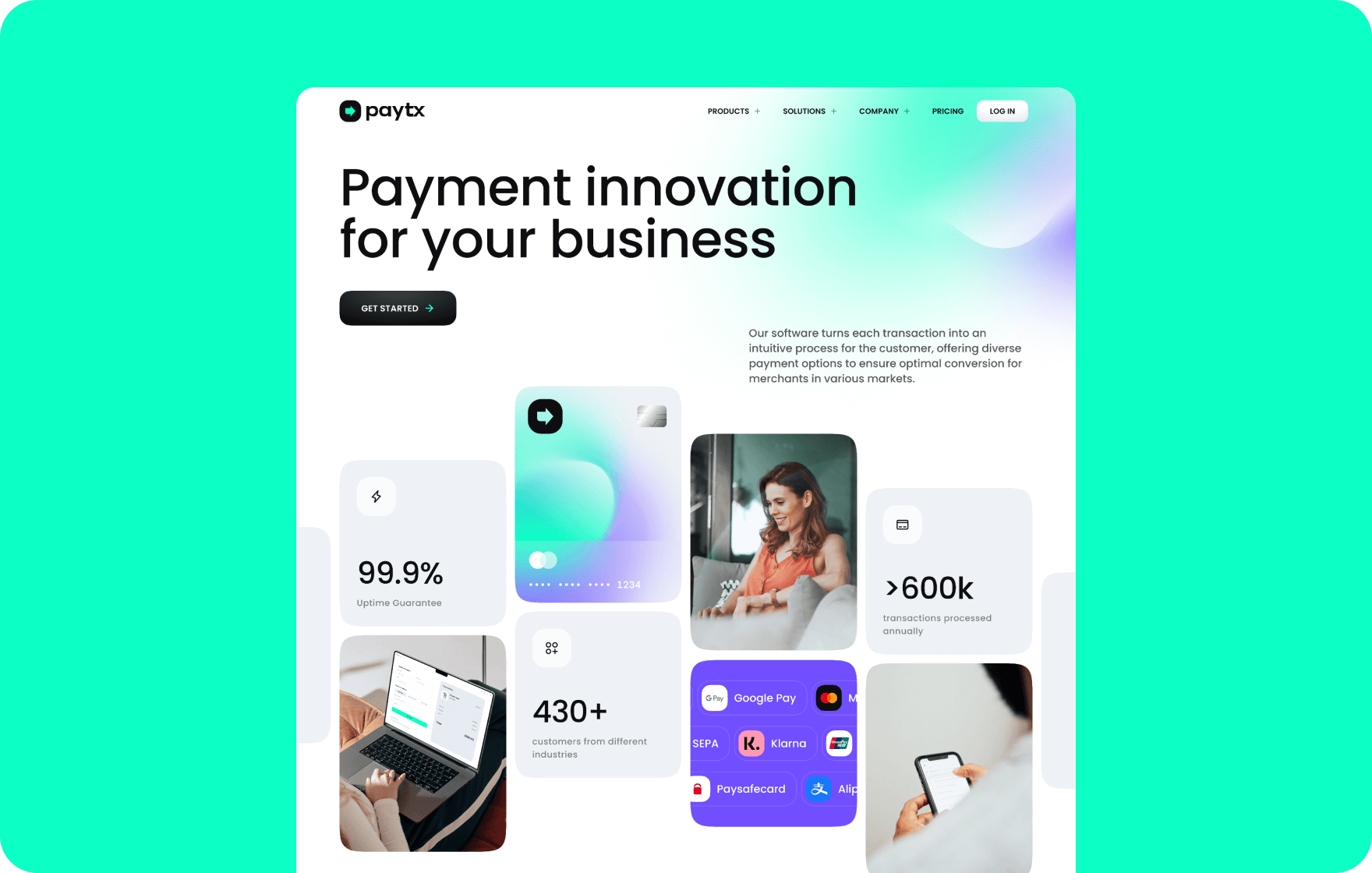
Project: PayTX
2. A marketing website
With a focus on orientation on search/organic or paid traffic.

Project: Corefy
3. A site for a product presentation
Crafted to launch new products on the market and highlight their advantages.
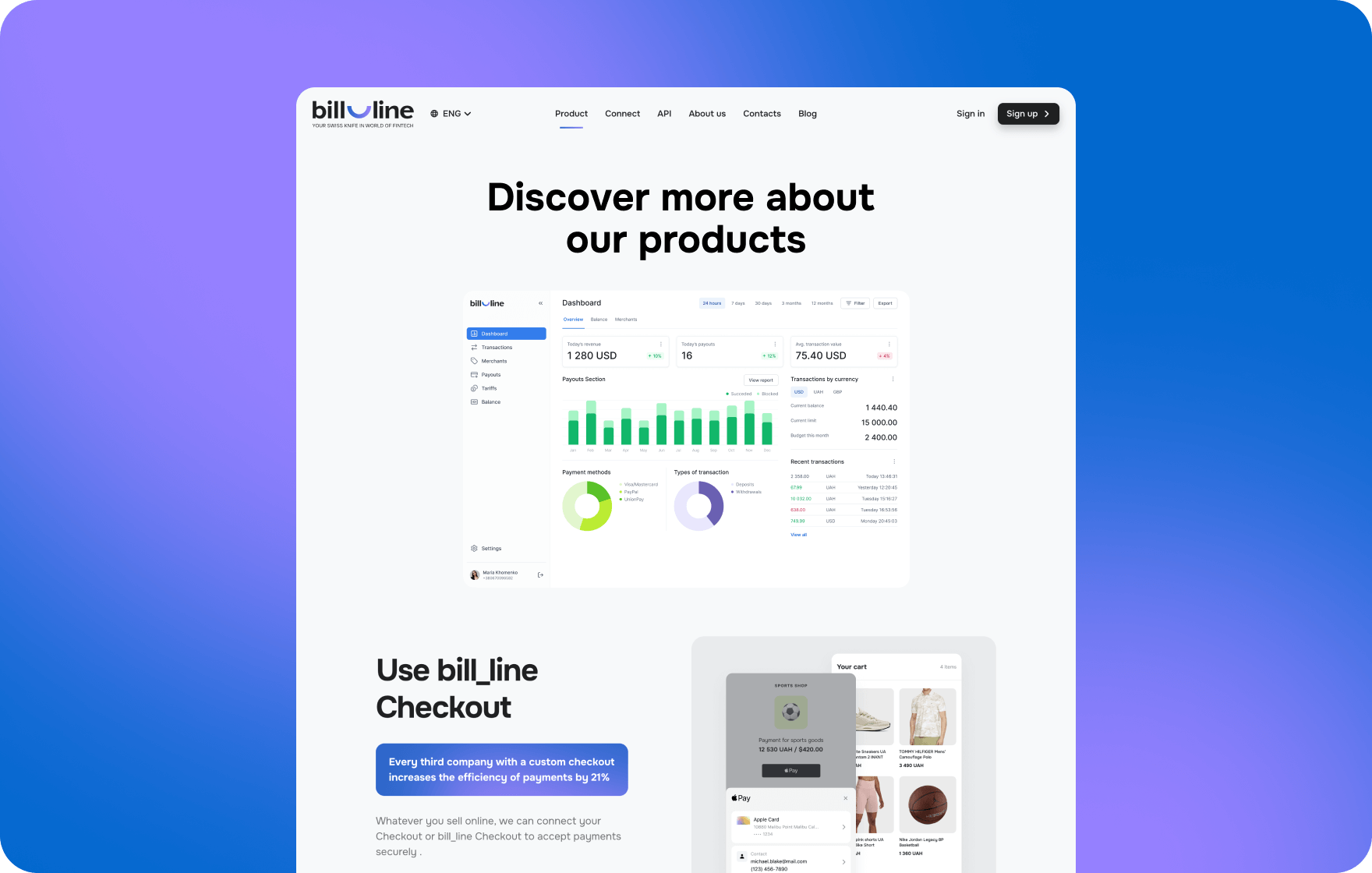
Project: Bill_line
Insights for effective FinTech website development
And now let's move on to the most interesting part. We'll share some critical findings. They're time-tested with our eight-year experience in creating effective FinTech websites.
1. The discovery phase is a necessity, not a whim
Discovery is crucial — it forms the foundation of the project. This stage allows you to deeply understand business goals and user needs, setting benchmarks for success. Since different websites require different strategies, the tailored approach developed during the discovery phase can significantly cut costs and effectively target the right audience.
By the way, you can read a detailed article about the discovery phase here at this link.
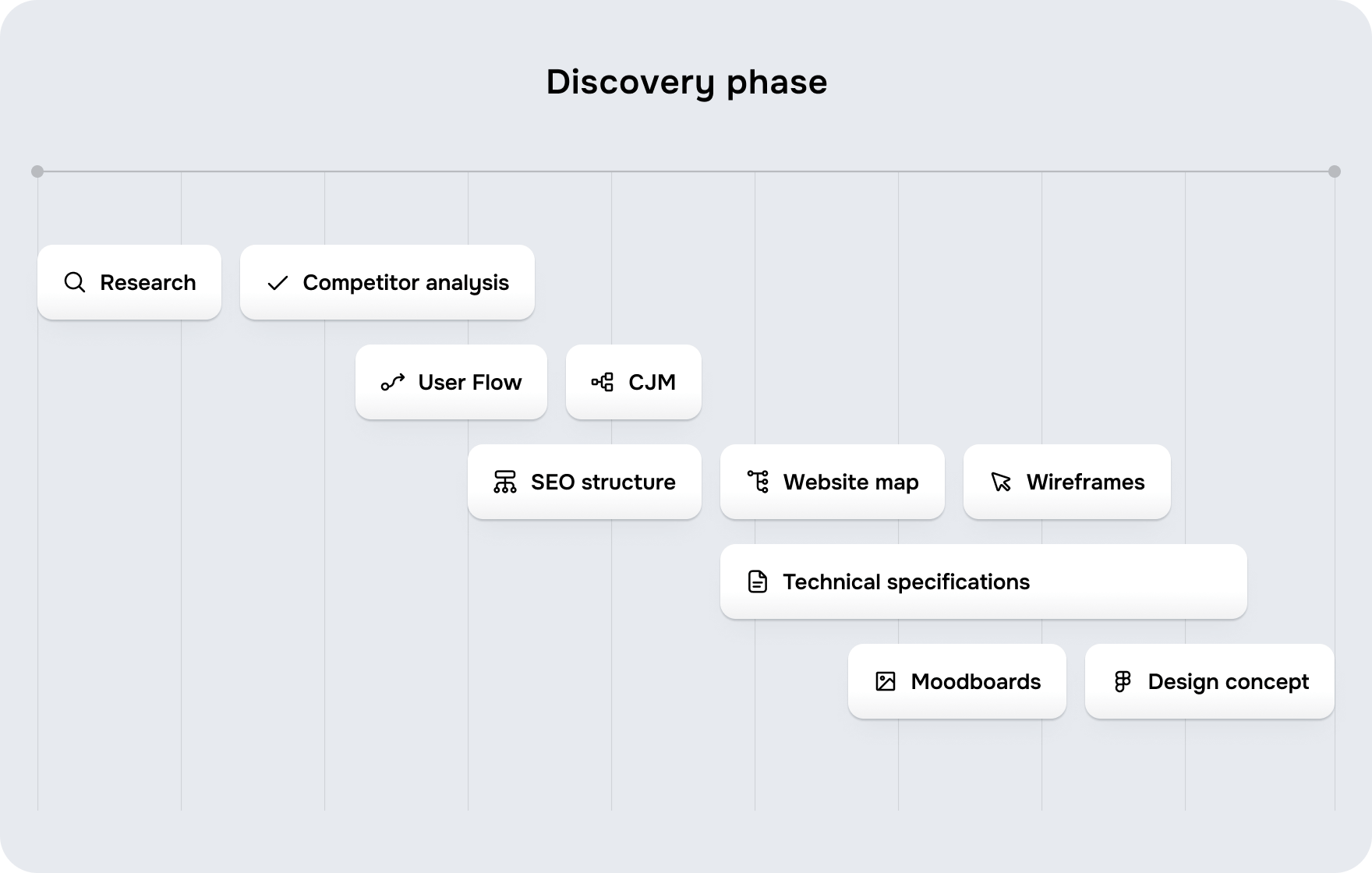
2. Establish an effective SEO structure
Bring in a team of SEO specialists right from the get-go to establish the right SEO foundation. Heed their advice to get your site ranking well organically, cutting down on the need for paid ads. Keep tabs on using the right keywords, sprucing up technical SEO, and working on page speed optimization. Remember to monitor and update your site after launch to maintain and enhance its visibility.
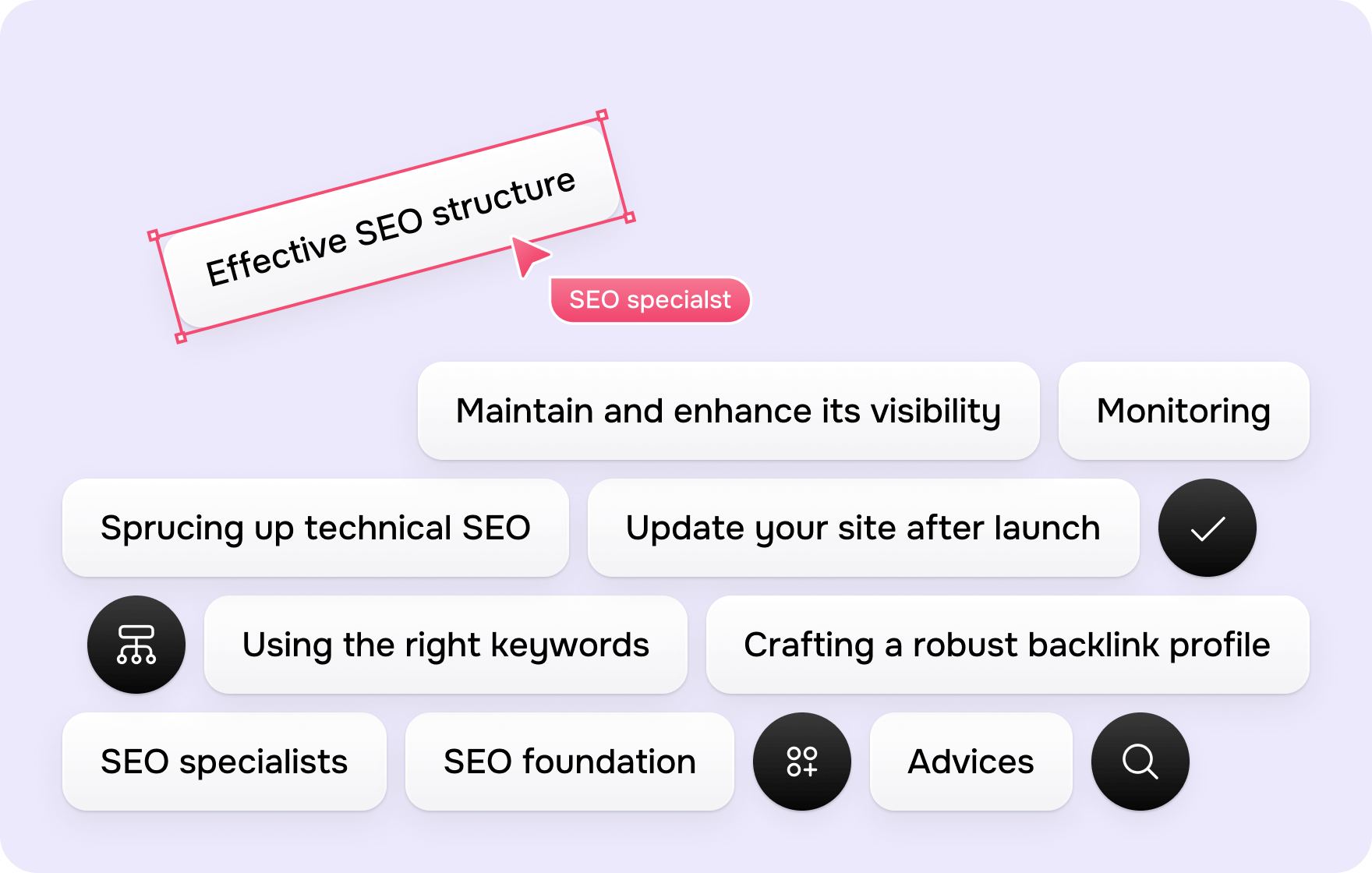
3. Provide rigorous competitor analysis
Identify prevailing market trends, common patterns, typical page elements, and page types that exist on the market. Evaluate what works and what doesn't to refine your approach. It helps to tailor the approach to the specific project.
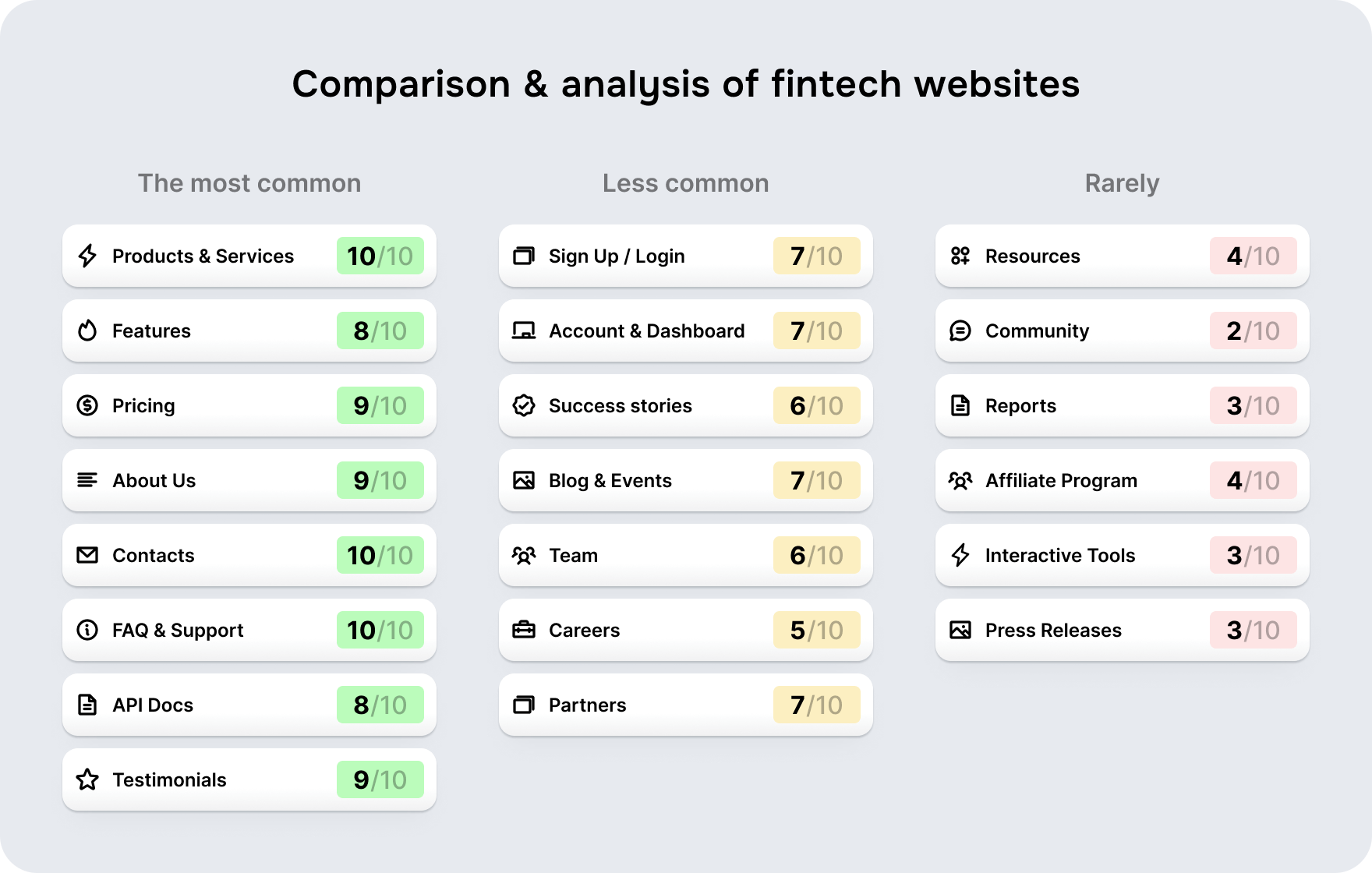
4. Focus on the company's core products and services
Conduct business analysis. It involves an in-depth look at the services or products you're working with. This includes understanding all relevant details about them and the company behind them. Simultaneously, you need to conduct market research to gauge how these products or services perform with users and stack up against competitors.
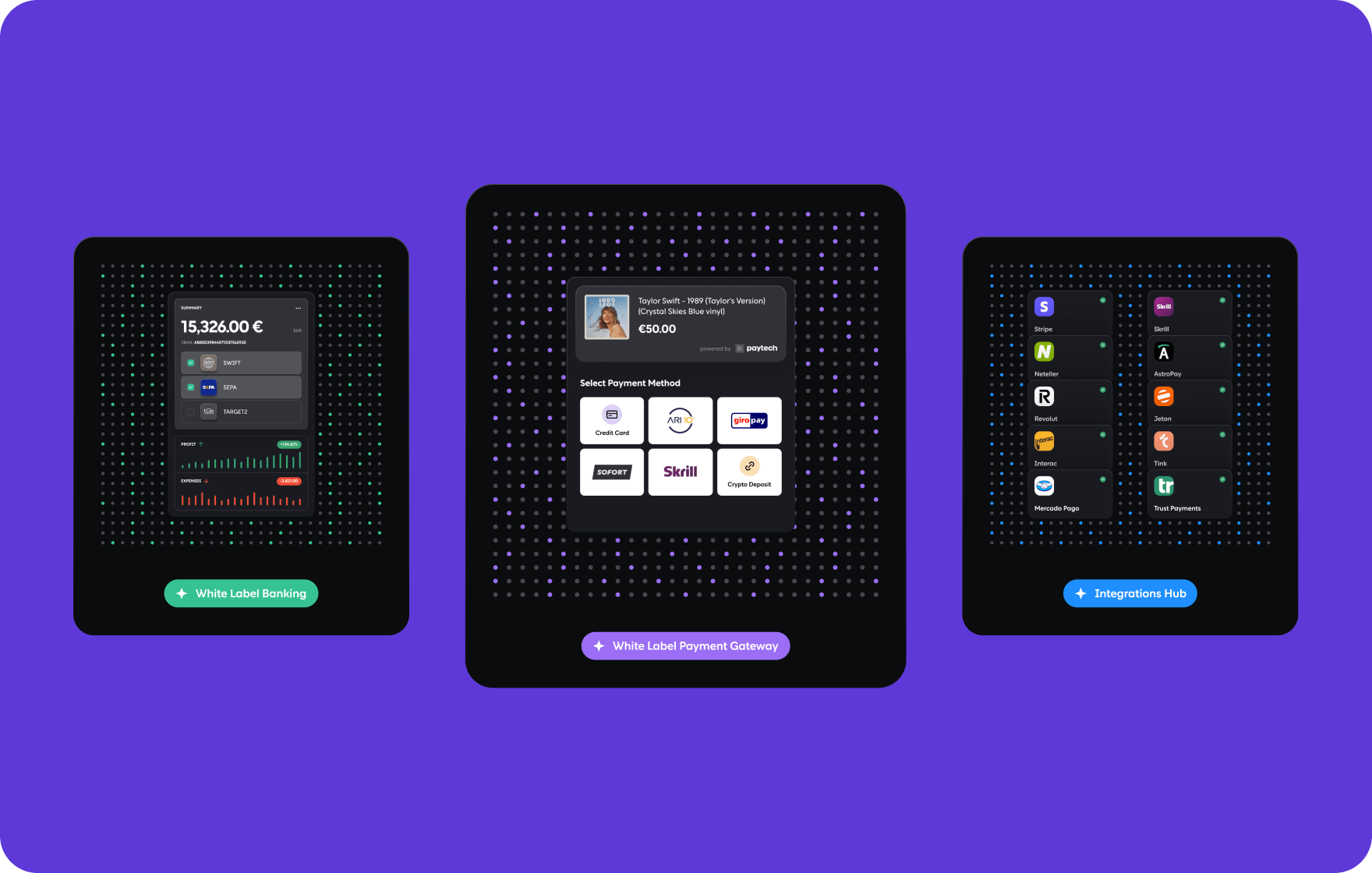
5. Craft a user-centric experience
For gaining deep insights into what users desire, expect, and struggle with user interviews are valuable. These discussions act as a direct line to crafting solutions that truly resonate with users. It's also a chance to align with the users' perspectives, understanding their world through their eyes. Another important part here is user flow. Check the info about it in the next paragraph.

6. Ensure smooth and accessible navigation for quick access to the needed page
Design user flows that efficiently address user needs. They outline the most efficient path to meet a user's needs. Every superfluous step is a chance for drop-off, which is why a streamlined user flow is essential for achieving the project's objectives.
You need to conduct comprehensive audience research since a company might serve multiple audience types. Each segment experiences a unique user flow. For example, the pathway for potential clients is distinct from that for potential employees. Then you design bespoke user flows for each group, ensuring all essential pages, actions, and links are intuitive and accessible, allowing users to easily find what they need.
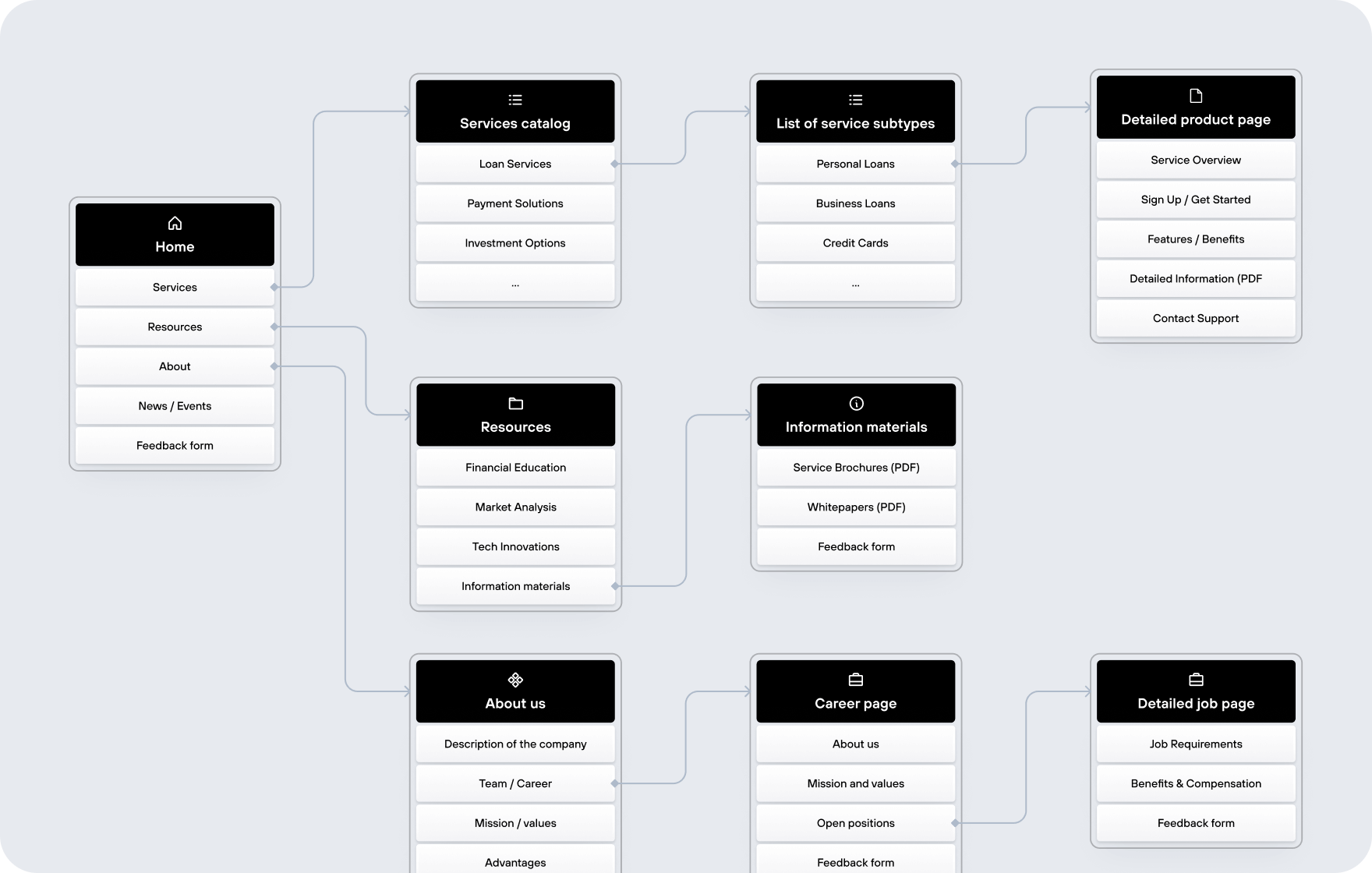
7. Opt for clear, concise, and structured content
Content clarity is key. Ensure information is easy to read and understand, which enhances overall user engagement and retention. Employ design techniques that simplify and organize complex information, making it more digestible for your audience.
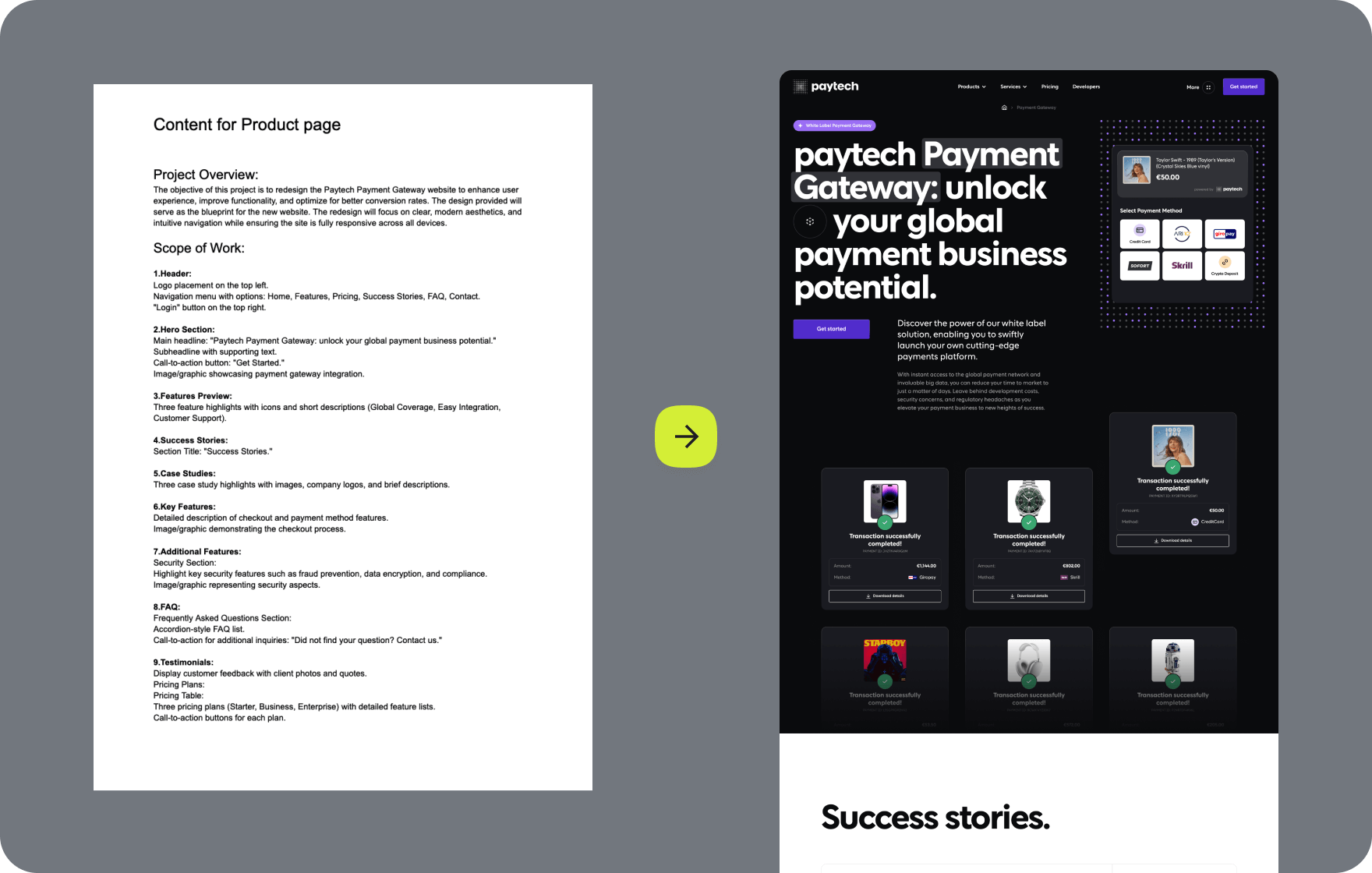
8. Develop a distinctive visual identity, that reflects the brand and its values
The visual style is crucial for a website. Get it right, and you'll stand out from the competition; get it wrong, and you risk fading into the sea of generic FinTech sites. That's not what we're about.
Start by delving deep into the brand's visual identity — think of it as the bedrock for your website's aesthetics. And then cover three crucial aspects:
- diversification from competitors;
- trends;
- traditions of the industry.
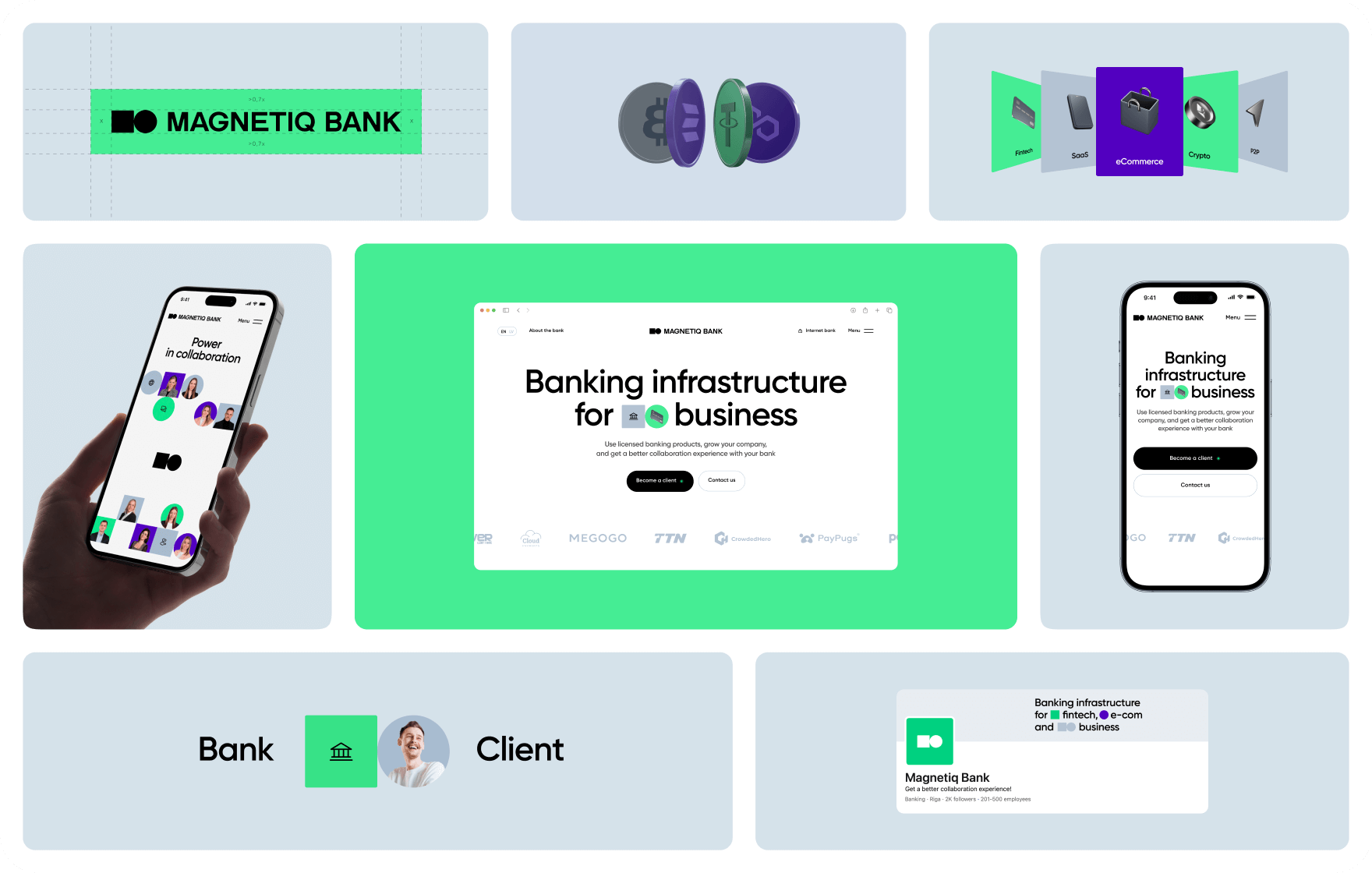
Project: Magnetiq Bank
9. Visualize complex information clearly
Many FinTech subjects are difficult to understand for usual users. Utilize infographics and illustrations to break down complex financial concepts, making them accessible and engaging for all users.
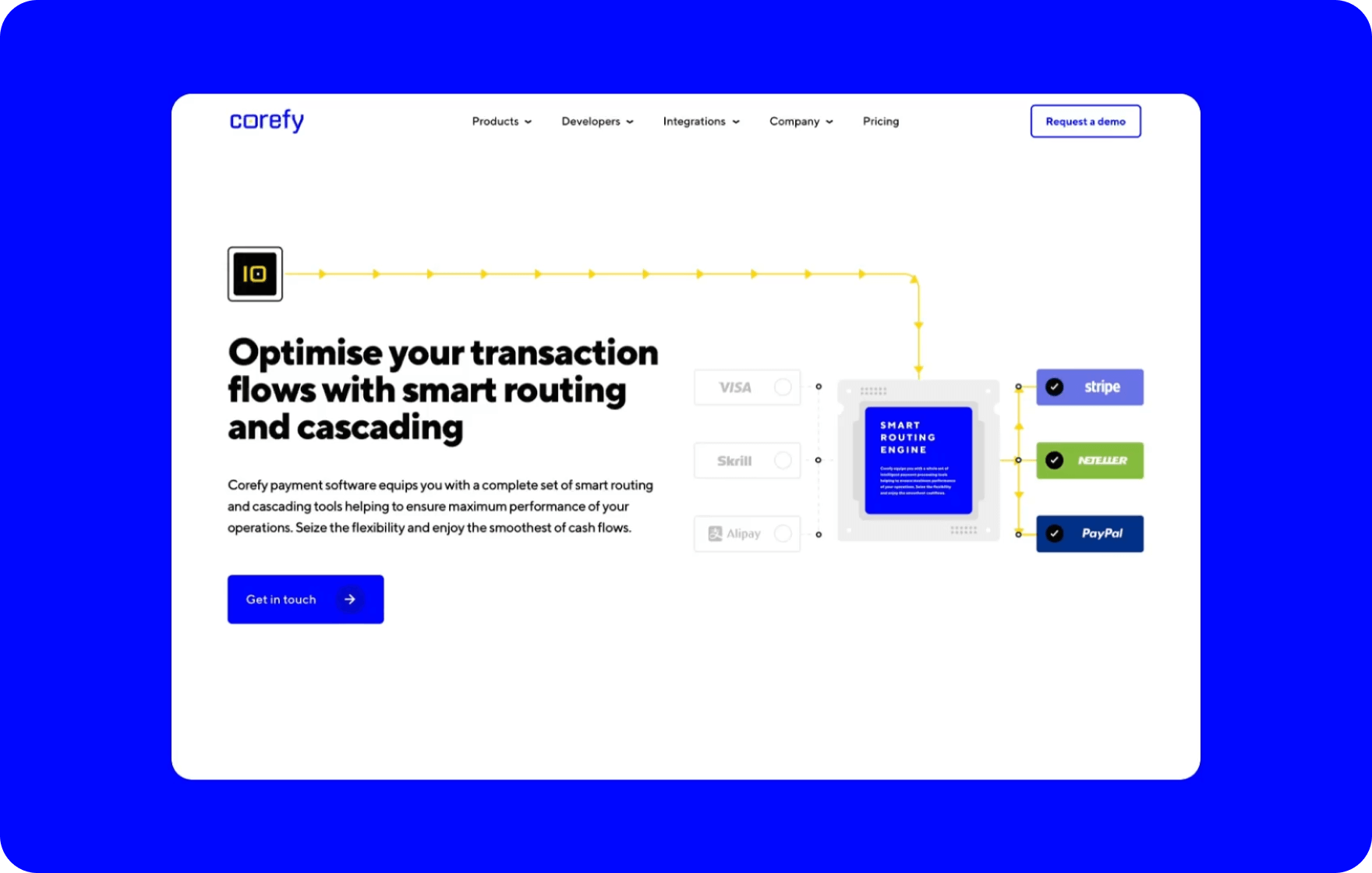
Project: Corefy
10. Develop an adaptive website for any device
Make sure your FinTech website provides a smooth experience on all devices. The user experience should be consistent, regardless of the device. Ensure your site offers uniform functionality and visual appeal across all screen sizes, from desktops to smartphones.
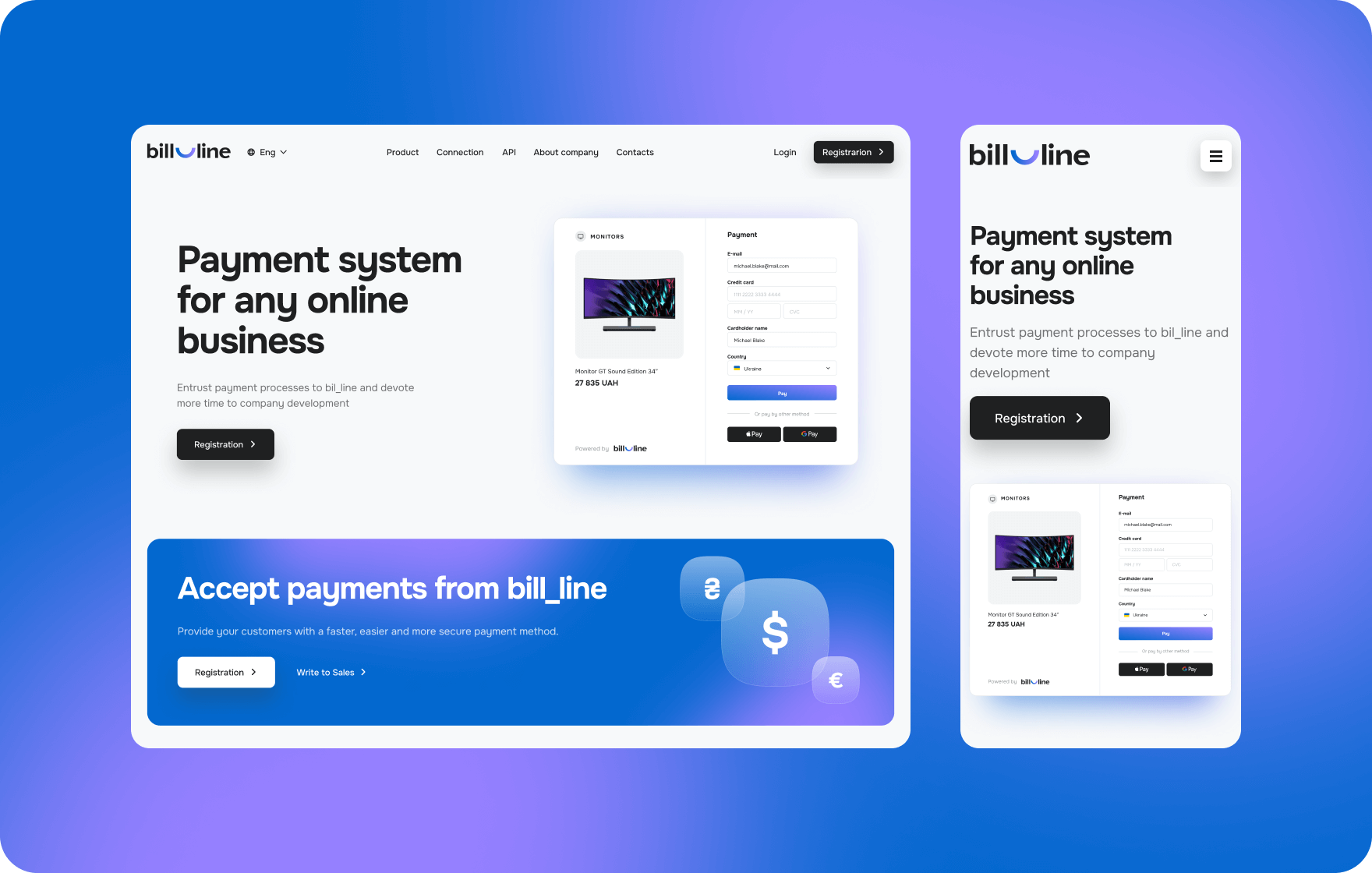
Project: Bill_line
11. Engage users with motion design and micro-animations
The goal of a perfect design isn't just to craft a stunning visual appeal for the website but also to ensure a comfortable user interaction with the interface. Aim to make the design engaging by incorporating interactive elements, 3D visuals, motion graphics, and storytelling.
Use subtle animations to provide subtle visual cues about clickable elements and ongoing processes, enhancing usability and guiding users through their journey.

12. Maintain security
Focus on three crucial aspects: data encryption, multi-factor authentication, and continuous monitoring. These elements are vital for safeguarding confidential information and preventing fraud.
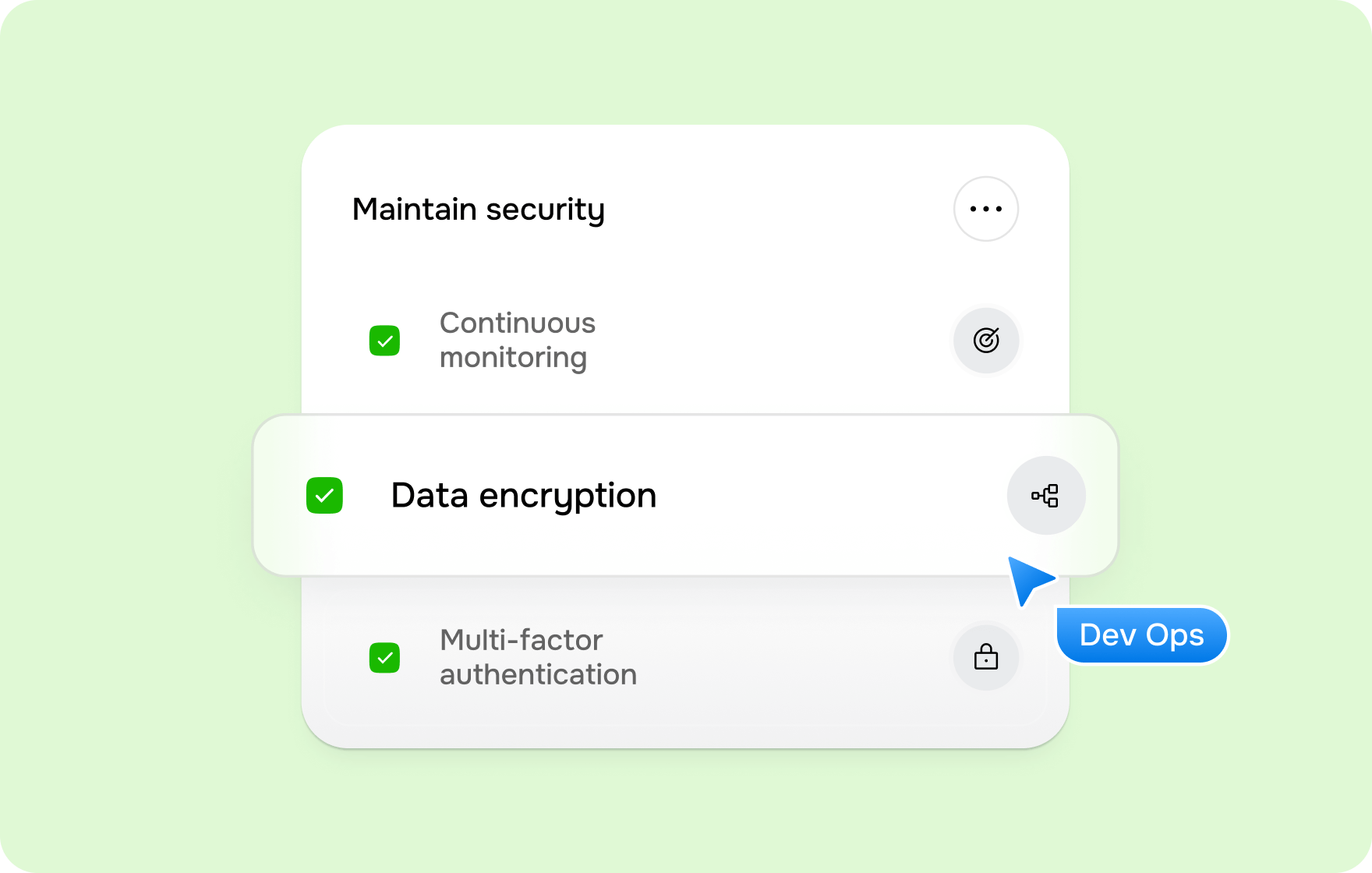
Summary
There's no magic formula for a successful FinTech website, but there are certain techniques and instruments you'll definitely want to use along the way.
First off, pinpoint your goals and map out a strategy to hit them. Understanding the specifics of websites in a particular industry is crucial too. And hey, don't hesitate to leverage the insights from this article we've gained from years of experience in the field.
Once your website is up and running, don't just stop there — set up analytics to track user interactions. Understand how users navigate your site, identify any obstacles they face, and pinpoint where they drop off. Continuously improve these areas, because your website is a living system that thrives on constant improvement. For more in-depth information about our cases, please visit our Work page.
FAQ
How long does the development of the FinTech website last?
Typically, the timeline varies based on a range of factors such as project complexity and team size. Generally, it takes anywhere from 3 to 6 months, covering discovery, design, and development phases.
What makes up a FinTech development team?
To develop an effective FinTech website, you'll need a comprehensive team to handle every stage of the design and development process. An optimal team would include a: PM/Business analyst, copywriter, UX/UI designer, graphic/motion designer, frontend developer, backend developer, QA, Dev Ops, and SEO specialists.
You may gather your in-house team or partner with a full-service design and development agency like Goodface to secure a dedicated team for your project.
What does the step-by-step FinTech website development process look like?
Here's a breakdown of the typical stages:
1. Business analysis;
2. UX research;
3. Development of an SEO specification;
4. Information architecture and wireframing;
5. Texts writing;
6. Creating specifications;
7. UI design;
8. Full-flagged website design;
9. Frontend and backend development;
10. Content management;
11. Quality Assurance;
12. Deployment.
For more detailed information about each stage and the services we offer, please visit our Solutions for Fintech page.
What technologies are best suited for web development for FinTech?
It really depends on the project's goals. But hey, that isn't the only decisive factor for success. You can develop an effective site with low-code solutions like Webflow or use a popular CMS WordPress, or even custom technologies like React/Vue.js with Node.js/Laravel.
How much do FinTech web development services cost?
It all depends on different factors, like the working hours of experts, the number of team members, and the complexity of the project.
Feel free to drop us a line at [email protected], and we'll provide a detailed cost estimate for you.
product experience
for your project
Fill out the form
or brief with questions

Fill in a simple brief
We will respond during business hours

Thank you for your application.
We will respond within three hours, during business hours by email
PRIVACY POLICY
Welcome to Goodface privacy notice.
Goodface respects your privacy and is committed to protecting your personal data. This privacy notice will inform you as to how we look after your personal data when you visit our website (regardless of where you visit it from) and other sites we own and operate. And tell you about your privacy rights and how the law protects you.
We may change the privacy policy from time to time to reflect changes to the products and services that we provide and how we process your personal data.
We will not share your information with any third party outside of our organization, other than as necessary to fulfil your request if any."
INFORMATION WE COLLECT
When you visit our website, our servers may automatically log the standard data provided by your web browser. This data is considered “non-identifying information”, as it does not personally identify you on its own. It may include:
- Your computer’s Internet Protocol (IP) address;
- Your browser type and version;
- The pages you visit;
- The time and date of your visi;
- The time spent on each page;
OTHER DETAILS
We may ask for personal information, such as your name and email address. This data is considered “identifying information”, as it can personally identify you. We only request personal information relevant to providing you with a service, and only use it to help provide or improve this service.
We collect information by fair and lawful means, with your knowledge and consent. We also let you know why we’re collecting it and how it will be used. You are free to refuse our request for this information, with the understanding that we may be unable to provide you with some of your desired services without it.
We will only process personal data and communicate with you if:
1. You have given us consent to the processing of your personal data and communicating for one or more specific purposes i.e. requesting products or services from us, downloading material or information from our website or submitting a contact us form.
2. Performance of a contract
3. Where we have a legitimate interest for contacting you in relation to our products and services
DATA PROCESSING AND STORAGE
We only retain personal information for as long as necessary to provide a service, or to improve our services in future. While we retain this data, we will protect it within commercially acceptable means to prevent loss and theft, as well as unauthorised access, disclosure, copying, use or modification. That said, we advise that no method of electronic transmission or storage is 100% secure, and cannot guarantee absolute data security.
Rights and choices of individuals:
- See what data we have about you, if any;
- Change/correct any data we have about you;
- Have us delete any data we have about you;
- See what security measures we apply to your data;
- Express any concern you have about our use of your data;
You may opt out of any future contacts from us at any time. You can do the following at any time by contacting us via the email address given on our website: goodface.agency





